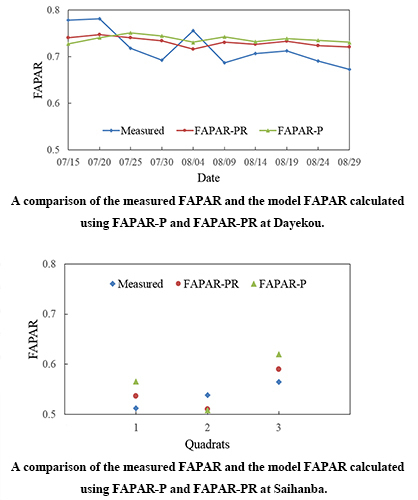Study of the Remote Sensing Model of FAPAR over Rugged Terrains
Abstract
:1. Introduction
- (1)
- Calculates the sky viewing factor to correct for the portion of diffuse sky radiation to the total radiation;
- (2)
- Corrects for the interception probability, the fraction of photons that interact with the canopy rather than passing through gaps directly, according to the geometrical relationship between the canopy and the radiation.
2. Study Area and Data
2.1. Study Area
2.2. Data
2.2.1. Digital Elevation Model
2.2.2. WorldView-2 Data and Pre-Processing
2.2.3. Validation Data
3. Principle of the FAPAR-PR Model
3.1. FAPAR-P Model Introduction
3.2. Correcting the Fraction of Diffuse Sky Radiation that is Affected by Complex Terrain
3.3. Correcting the Interception Probability Affected by Complex Terrain
3.4. Effect Factor Analysis
4. Validation and Results
4.1. Validation at Dayekou
4.2. Validation at Saihanba
4.3. FAPAR Retrieval
5. Discussion
5.1. Comparison of the Validation at Dayekou and Saihanba
5.2. Terrain Effects on FAPAR Calculation at Different Scales
6. Conclusions
Acknowledgments
Author Contributions
Conflicts of Interest
References
- Steinberg, D.C.; Goetz, S.J.; Hyper, E.J. Validation of MODIS FPAR Products in Boreal Forests of Alaska. IEEE Trans. Geosci. Remote Sens. 2006, 44, 1818–1819. [Google Scholar] [CrossRef]
- Reich, P.B.; Turner, D.P.; Bolstad, P.V. An Approach to Spatially Distributed Modeling of Net Primary Production (NPP) at the Landscape Scale and Its Application in Validation of EOS NPP Products. Remote Sens. Environ. 1999, 70, 69–81. [Google Scholar] [CrossRef]
- Prince, S.D.; Goward, S.N. Global primary production: A remote sensing approach. J. Biogeogr. 1995, 22, 815–835. [Google Scholar] [CrossRef]
- Fensholt, R.; Sandholt, I.; Rasmussen, M.S. Evaluation of MODIS LAI, fAPAR and the relation between fAPAR and NDVI in a semi-arid environment using in-situ measurements. Remote Sens. Environ. 2004, 91, 490–507. [Google Scholar] [CrossRef]
- Sellers, P.J.; Los, S.O.; Tucker, C.J.; Justice, C.O.; Dazlich, D.A.; Collatz, G.J.; Randall, D.A. A revised land surface parameterization (SiB2) for atmospheric GCMs: Part II. The generation of global fields of terrestrial biophysical parameters from satellite data. J. Clim. 1996, 9, 706–737. [Google Scholar] [CrossRef]
- Sellers, P.J.; Dickinson, R.E.; Randall, D.A.; Betts, A.K.; Hall, F.G.; Berry, J.A.; Collatz, C.J.; Denning, A.S.; Mooney, H.A.; Nobre, C.A.; et al. Modelling the exchanges of energy, water, and carbon between the continents and the atmosphere. Science 1997, 275, 502–509. [Google Scholar] [CrossRef] [PubMed]
- Running, S.W.; Nemani, R.; Glassy, J.M.; Thornton, P.E. MODIS Daily Photosynthesis and Annual Net Primary Production (NPP) Product (MOD17). Algorithm Theoretical Basis Document Version 3.0. Available online: http://www.ntsg.umt.edu/modis (accessed on 1 April 2016).
- Prince, S.D. Satellite remote sensing of primary production: Comparison of results for Sahelian grasslands 1981–1988. Int. J. Remote Sens. 1991, 12, 1301–1311. [Google Scholar] [CrossRef]
- Prince, S.D. A model of regional primary production for use with coarse resolution satellite data. Int. J. Remote Sens. 1991, 12, 1313–1330. [Google Scholar] [CrossRef]
- Ruimy, A.; Kergoat, L.; Bondeau, A. Comparing global models of terrestrial net primary productivity (NPP): Analysis of differences in light absorption and light-use efficiency. Glob. Chang. Biol. 1999, 5, 56–64. [Google Scholar] [CrossRef]
- Lind, M.; Fensholt, R. The spatio-temporal relationship between rainfall and vegetation development in Burkina Faso. Geogr. Tidsskr. Dan. J. Geogr. 1999, 2, 43–55. [Google Scholar]
- Le Roux, X.; Gauthier, H.; Bégué, A.; Sinoquet, H. Radiation absorption and use by humid savannah grassland. Assessment using remote sensing and modelling. Agric. For. Meteorol. 1997, 85, 117–132. [Google Scholar] [CrossRef]
- Myneni, R.B.; Hoffman, S.; Knyazikhin, Y.; Privette, J.L.; Glassy, J.; Tian, Y.; Wang, Y.; Song, X.; Zhang, Y.; Smith, G.R.; et al. Global products of vegetation leaf area and fraction absorbed PAR from year one of MODIS data. Remote. Sens. Environ. 2002, 83, 214–231. [Google Scholar] [CrossRef]
- Gobron, N.; Pinty, B.; Aussedat, O.; Chen, J.M.; Cohen, W.B.; Fensholt, R.; Gond, V.; Huemmrich, K.F.; Lavergne, T.; et al. Evaluation of fraction of absorbed photosynthetically active radiation products for different canopy radiation transfer regimes: Methodology and results using joint research center products derived from SeaWiFS against ground-based estimations. J. Geophys. Res. 2006, 111, 1–15. [Google Scholar] [CrossRef]
- Knyazikhin, Y.; Martonchik, V.; Myneni, R.B.; Diner, D.J.; Running, S.W. Synergistic algorithm for estimating vegetation canopy leaf area index and fraction of absorbed photosynthetically active radiation from MODIS and MISR data. J. Geophys. Res. 1998, 103, 32257–32276. [Google Scholar] [CrossRef]
- Deng, F.; Chen, J.M.; Plummer, S. Algorithm for global leaf area index retrieval using satellite imagery. IEEE Trans. Geosci. Remote Sens. 2006, 44, 2219–2229. [Google Scholar] [CrossRef]
- Baret, F.; Hagolle, O.; Geiger, B.; Bicheron, P. LAI, fAPAR and fCOVER CYCLOPES global products derived from vegetation: Part 1: Principles of the algorithm. Remote Sens. Environ. 2007, 110, 275–286. [Google Scholar] [CrossRef] [Green Version]
- Knyazikhin, Y.; Martonchik, J.V.; Diner, D.J.; Myneni, R.B.; Verstraete, M.; Pinty, B.; Gobron, N. Estimation of vegetation canopy leaf area index and fraction of absorbed photosynthetically active radiation from atmosphere-corrected MISR data. J. Geophysi. Res. D: Atmos. 1998, 103, 32239–32256. [Google Scholar] [CrossRef]
- Fan, W.; Liu, Y.; Xu, X.; Chen, G.; Zhang, B. A new FAPAR analytical model based on the law of energy conservation: A case study in China. IEEE. J. Sel. Topics Appl. Earth Observ. Remote Sens. 2014, 7, 1–11. [Google Scholar] [CrossRef]
- Zhao, J.; Chen, Y.; Han, Y.; Li, Z.; Liu, Y.; Li, W. Physical Geography of China, 3th ed.; Higher Education Press: Beijing, China, 1995. [Google Scholar]
- Yuan, H.; Ma, R.; Atzberger, C.; Li, F.; Loiselle, S.A.; Luo, J. Estimating forest fAPAR from multispectral Landsat-8 data using the invertible forest reflectance model INFORM. Remote Sens. 2015, 7, 7425–7446. [Google Scholar] [CrossRef]
- Teillet, P.M.; Guindon, B.; Goodenough, D.G. On the slope-aspect correction of multispectral scanner data. Can. J. Remote Sens. 1982, 8, 84–106. [Google Scholar] [CrossRef]
- Chen, J.M.; Li, X.; Nilson, T.; Strahler, A. Recent advances in geometrical optical modelling and its applications. Remote Sens. Rev. 2000, 18, 227–262. [Google Scholar] [CrossRef]
- Schaaf, C.B.; Li, X.; Strahler, A.H. Topographic effects on bidirectional and hemispherical reflectances calculated with a geometric-optical canopy model. IEEE Trans. Geosci. Remote Sens. 1994, 32, 1186–1193. [Google Scholar] [CrossRef]
- Fan, W.; Chen, J.M.; Ju, W.; Zhu, G. GOST: A Geometric-Optical Model for Sloping Terrains. IEEE Trans. Geosci. Remote Sens. 2014, 52, 5469–5482. [Google Scholar]
- Wen, J.; Liu, Q.; Liu, Q.; Xiao, Q.; Li, X. Scale effect and scale correction of land-surface albedo in rugged terrain. Int. J. Remote Sens. 2009, 30, 5397–5420. [Google Scholar] [CrossRef]
- Bégué, A. Leaf area index, intercepted photosynthetically active radiation, and spectral vegetation indices: a sensitivity analysis for regular-clumped canopies. Remote Sens. Environ. 1993, 46, 45–59. [Google Scholar] [CrossRef]
- Zhang, Y.; Li, C.; Wang, X.; Zhang, P. Preparation of high-resolution DEM in Dayekou basin based on the WorldView-2 and its accuracy analysis. Remote Sens. Technol. Appl. 2013, 28, 431–436. [Google Scholar]
- Shi, D.; Yan, G.J.; Mu, X.H. Optical remote sensing image apparent radiance topographic correction physical model. J. Remote Sens. 2009, 17, 1030–1038. [Google Scholar]
- Liang, S.L. Quantitative Remote Sensing of Land Surfaces; John Wiley & Sons: New York, NY, USA, 2005. [Google Scholar]
- Nilson, T. A theoretical analysis of the frequency of gaps in plant stands. Agric. Meteorol. 1971, 8, 25–38. [Google Scholar] [CrossRef]
- Dozier, J.; Frew, J. Rapid calculation of terrain parameters for radiation modeling from digital elevation data. IEEE Trans. Geosic. Remote Sens. 1990, 28, 963–969. [Google Scholar] [CrossRef]
- Jin, H.; Tao, X.; Fan, W.; Xu, X.; Li, P. Monitoring the spatial distribution of leaf area index in high-resolution pixels based on BJ-1 data. Prog. Nat. Sci. 2007, 17, 1229–1234. [Google Scholar]
- Fan, W.; Xu, X.; Liu, X.; Yan, B.; Cui, Y. Accurate LAI retrieval method based on PROBA/CHRIS data. Hydrol. Earth Syst. Sci. 2010, 14, 1–9. [Google Scholar] [CrossRef]
- Wang, L.; Fan, W.; Liu, Y. Scaling transform method for remotely sensed FAPAR based on FAPAR-P model. IEEE Trans. Geosci. Remote Sens. 2015, 12, 706–710. [Google Scholar] [CrossRef]
- Cheng, Y.; Gamon, J.A.; Fuentes, D.A.; Mao, Z.; Sims, D.A.; Qiu, H.; Claudio, H.; Huete, A.; Rahman, A.F. A multi-scale analysis of dynamic optical signals in a southern California chaparral ecosystem: A comparison of field, AVIRIS, and MODIS data. Remote Sens. Environ. 2006, 103, 369–378. [Google Scholar] [CrossRef]
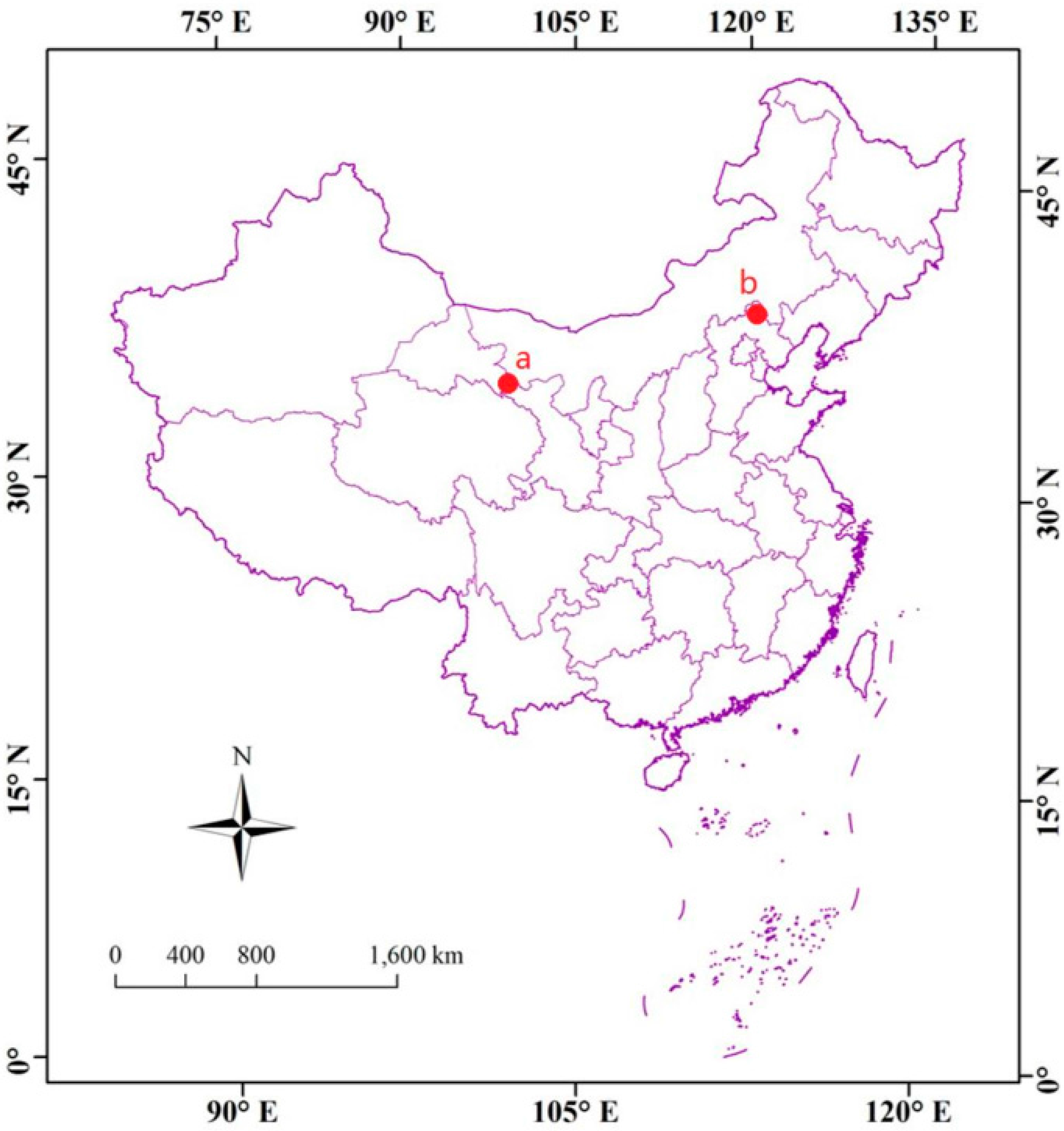

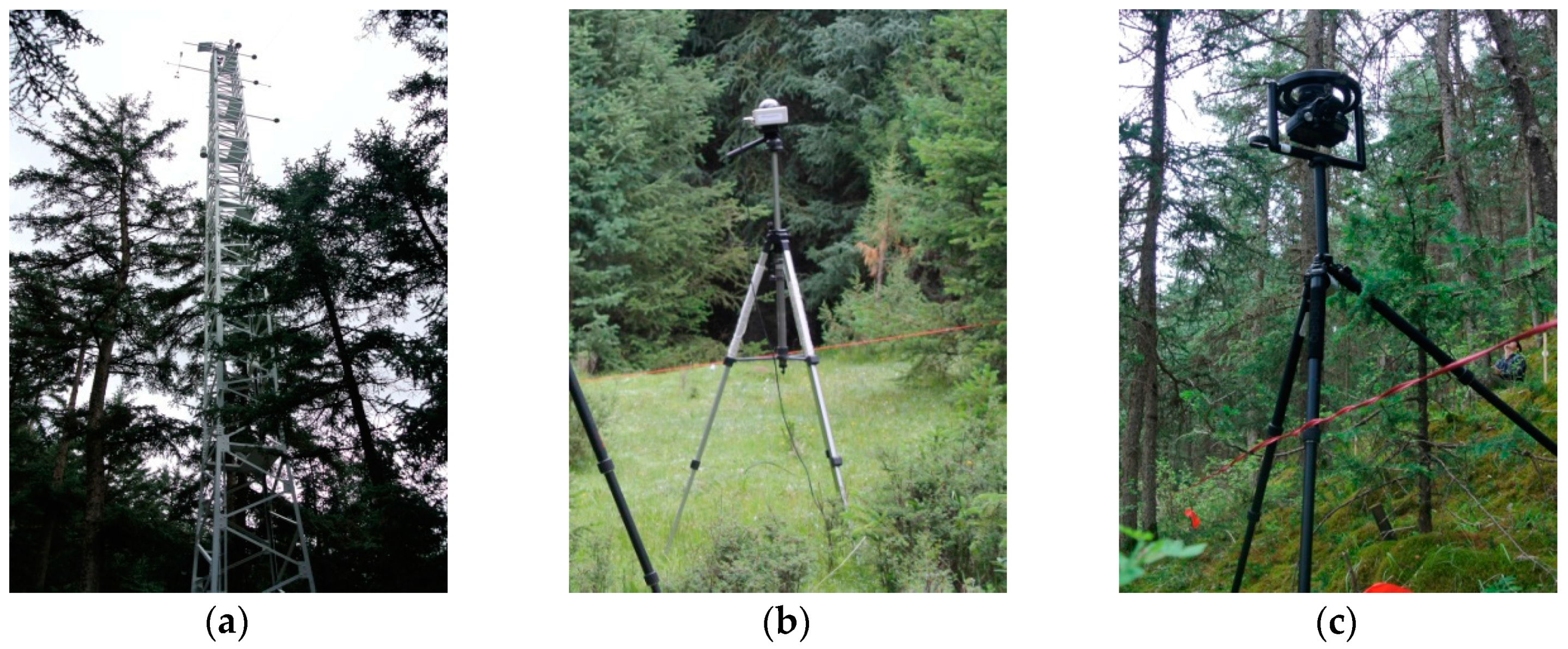
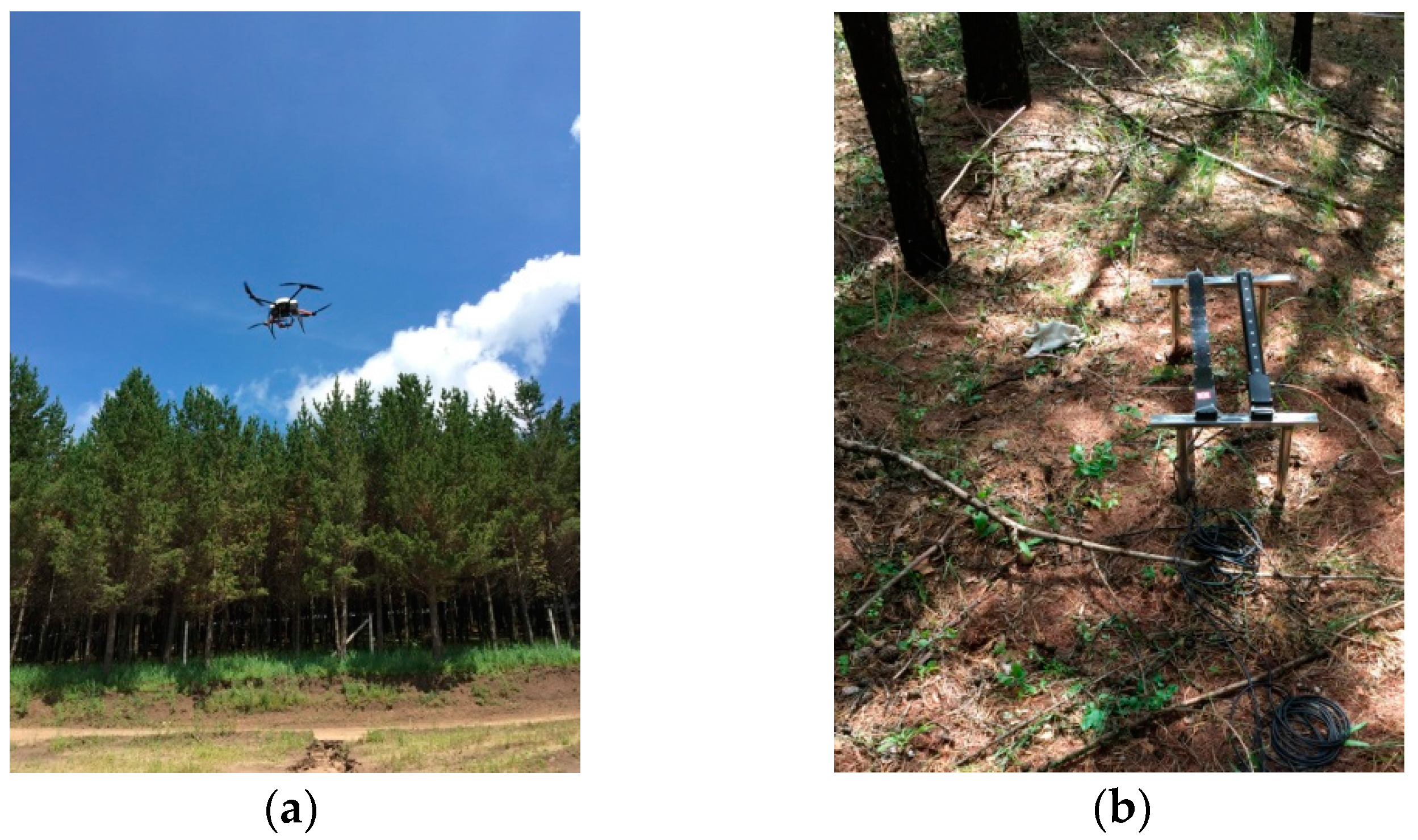
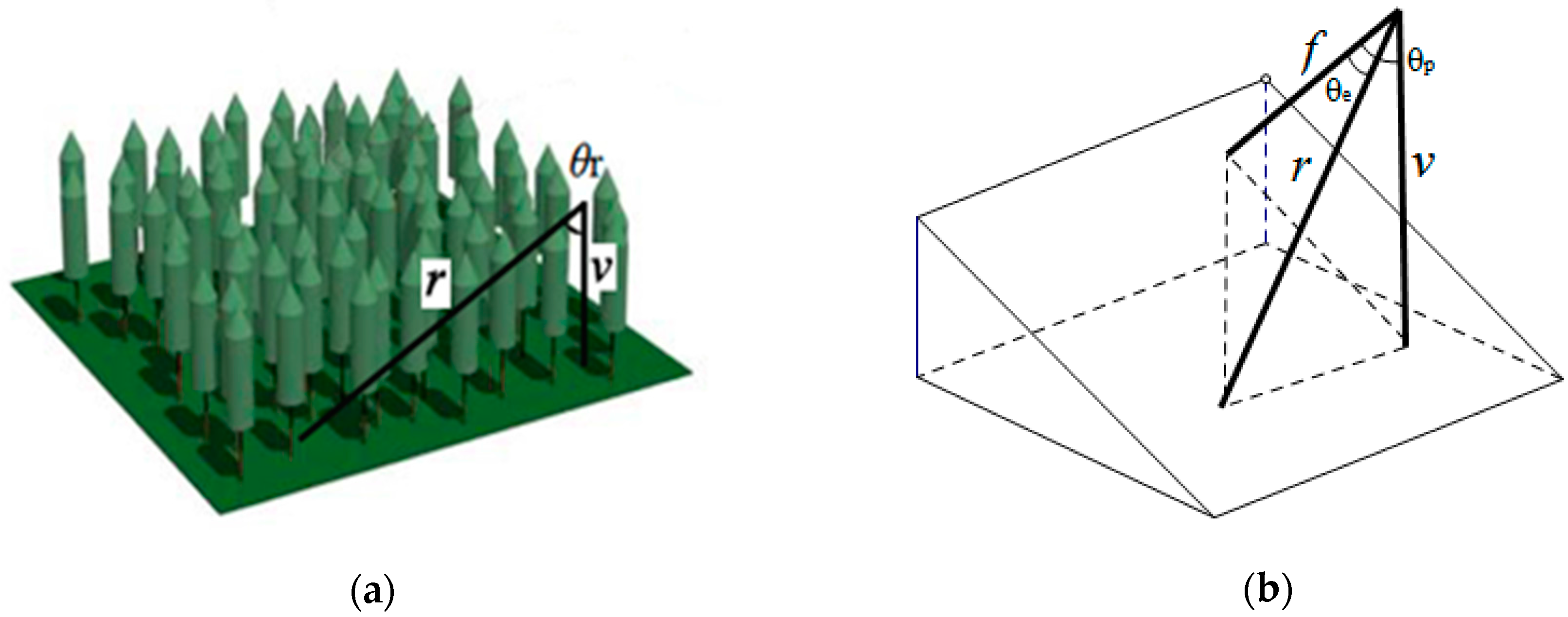
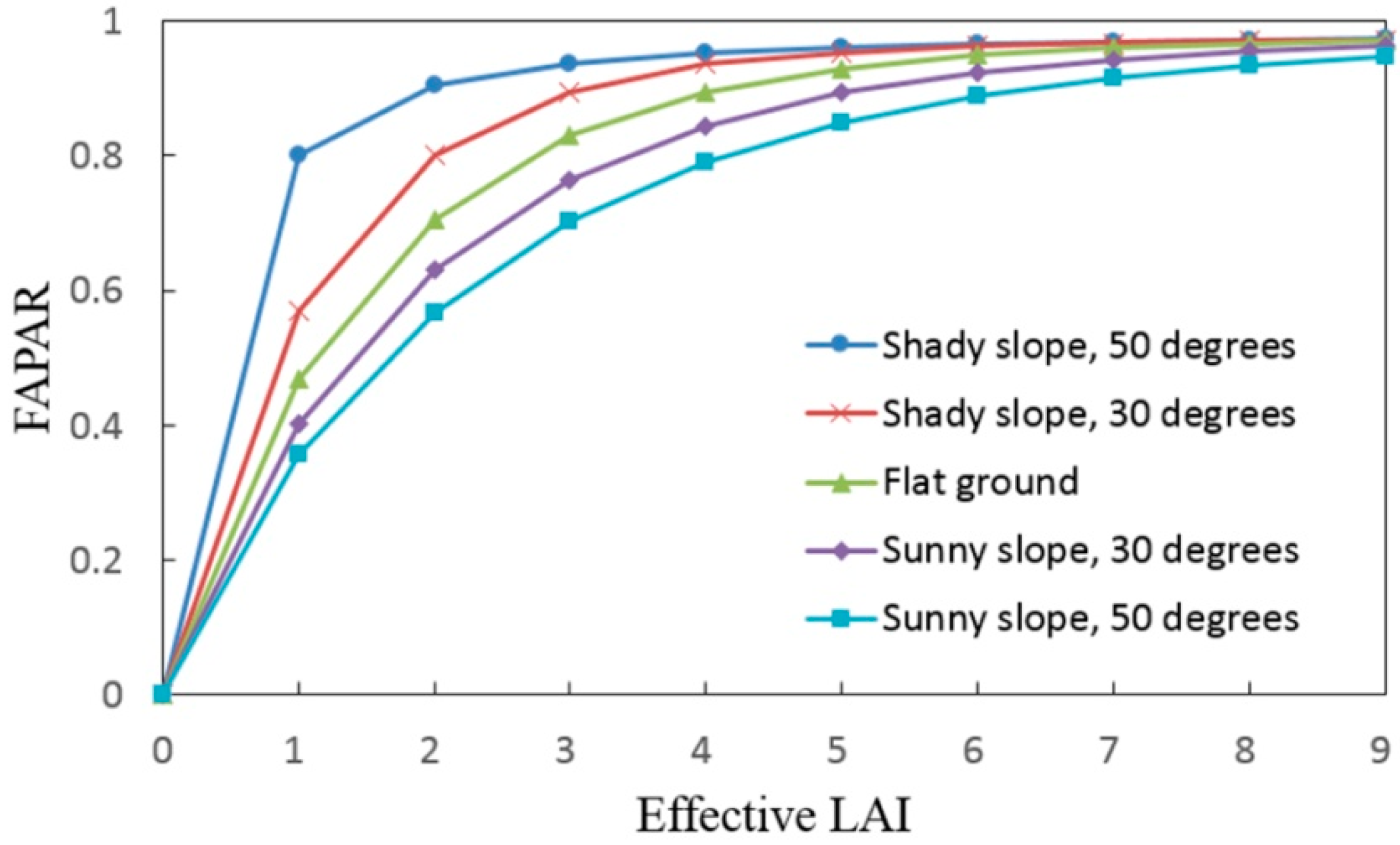
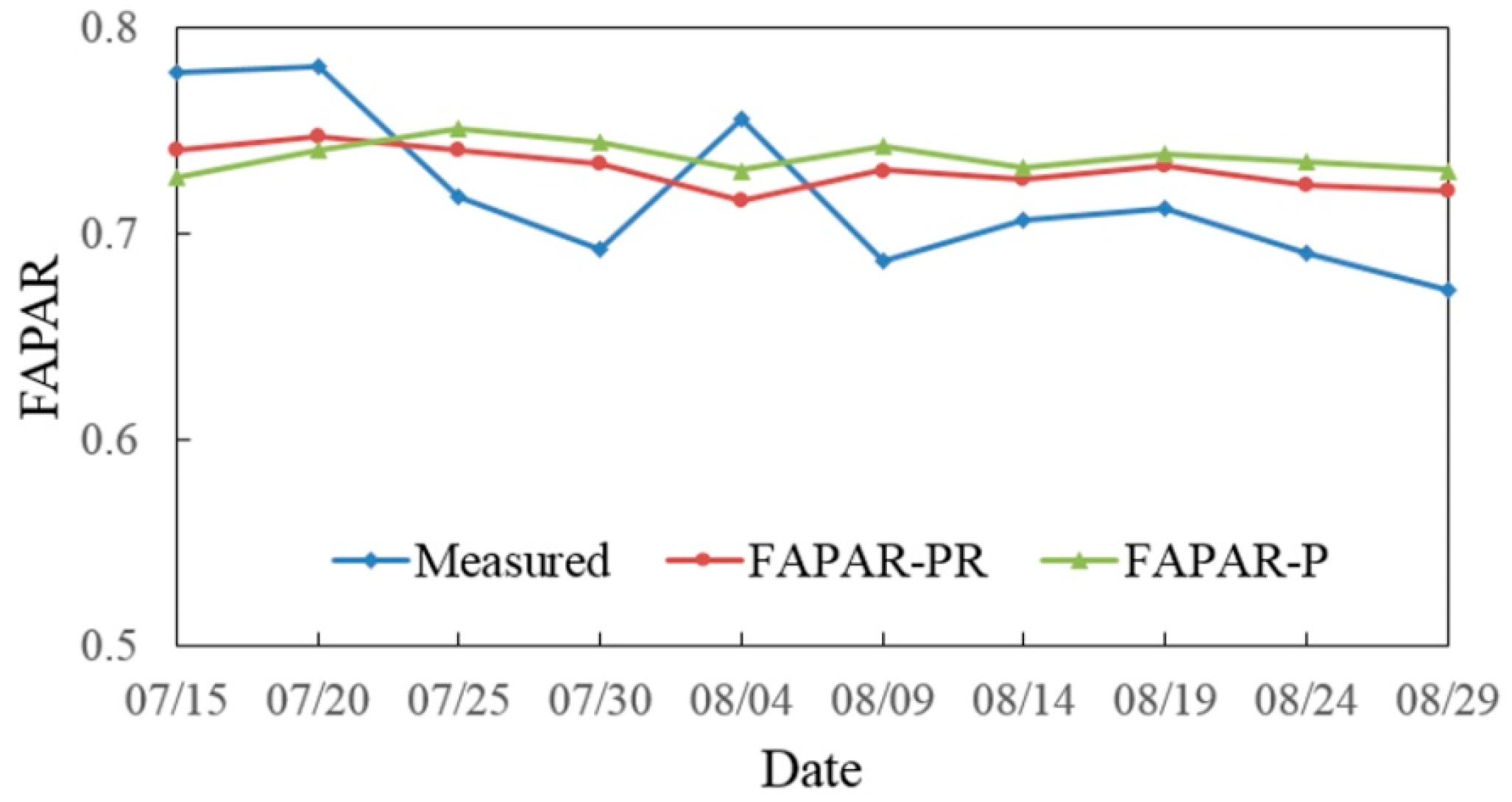
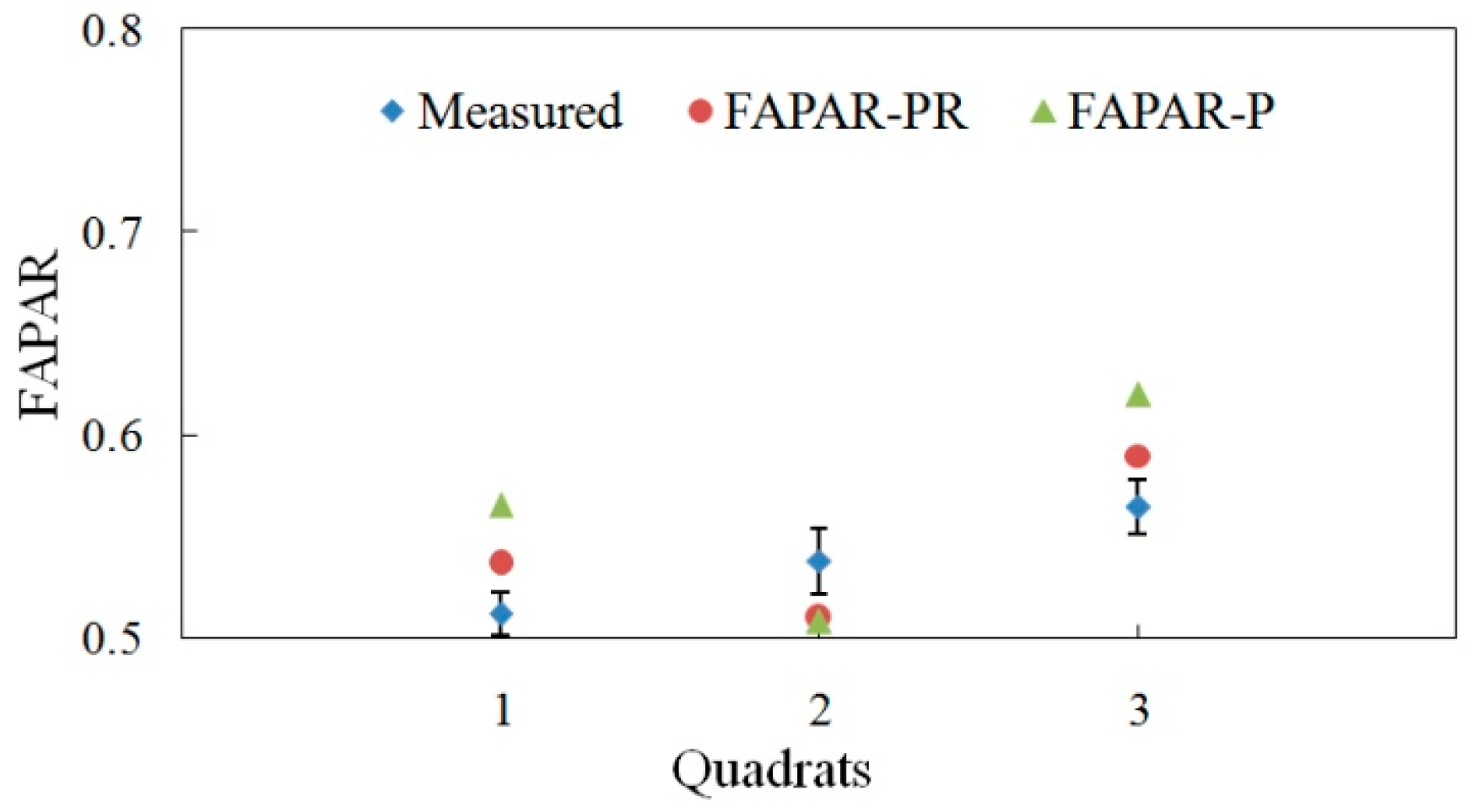
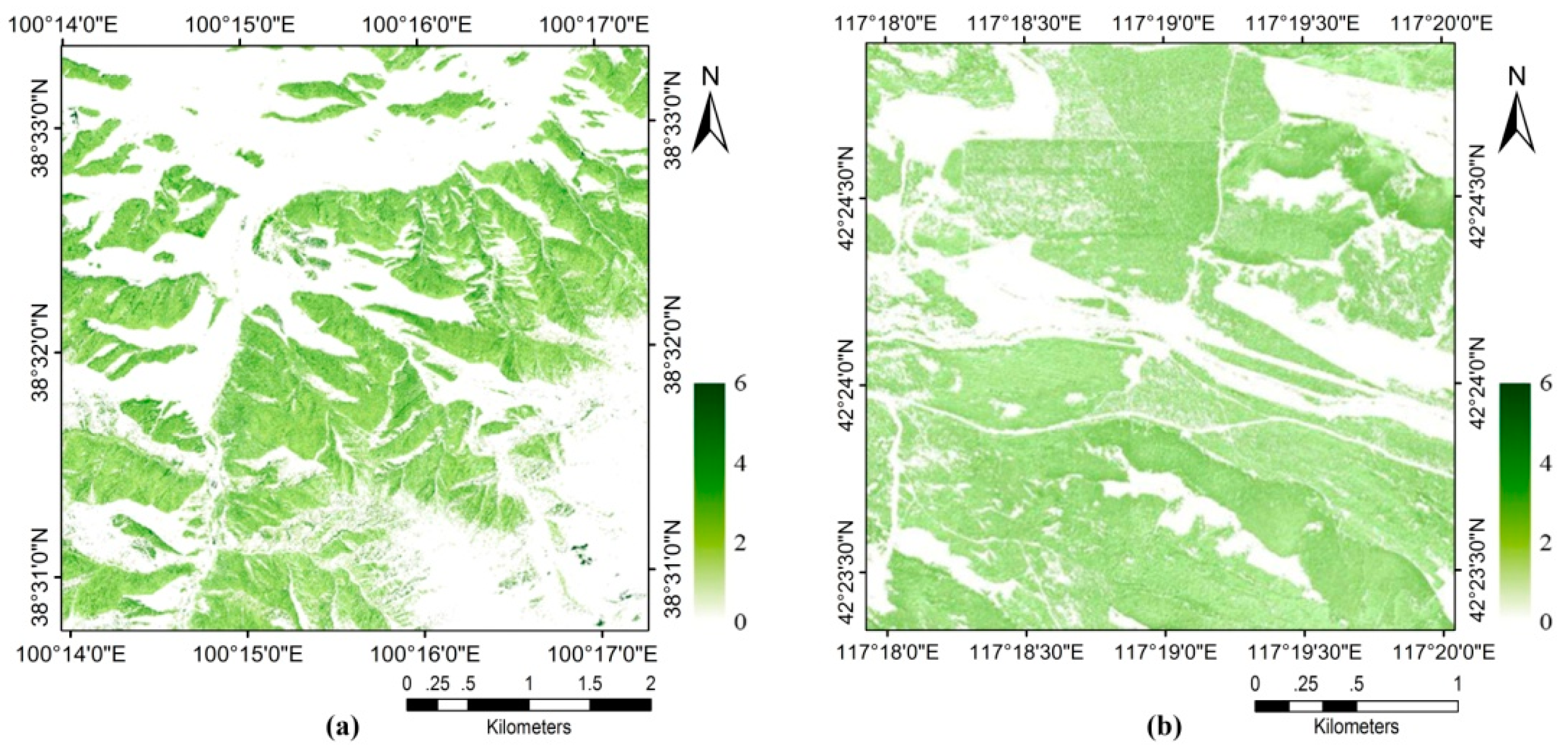

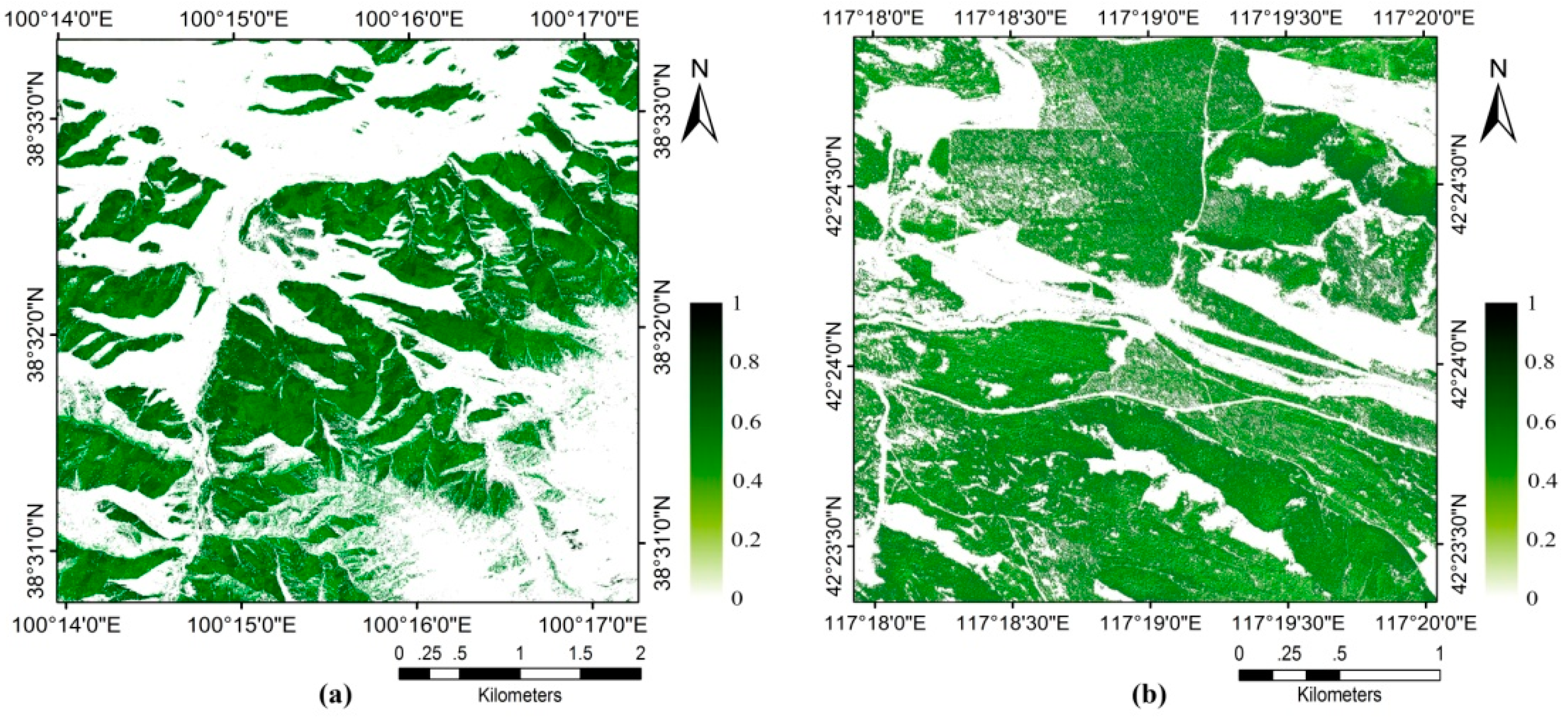
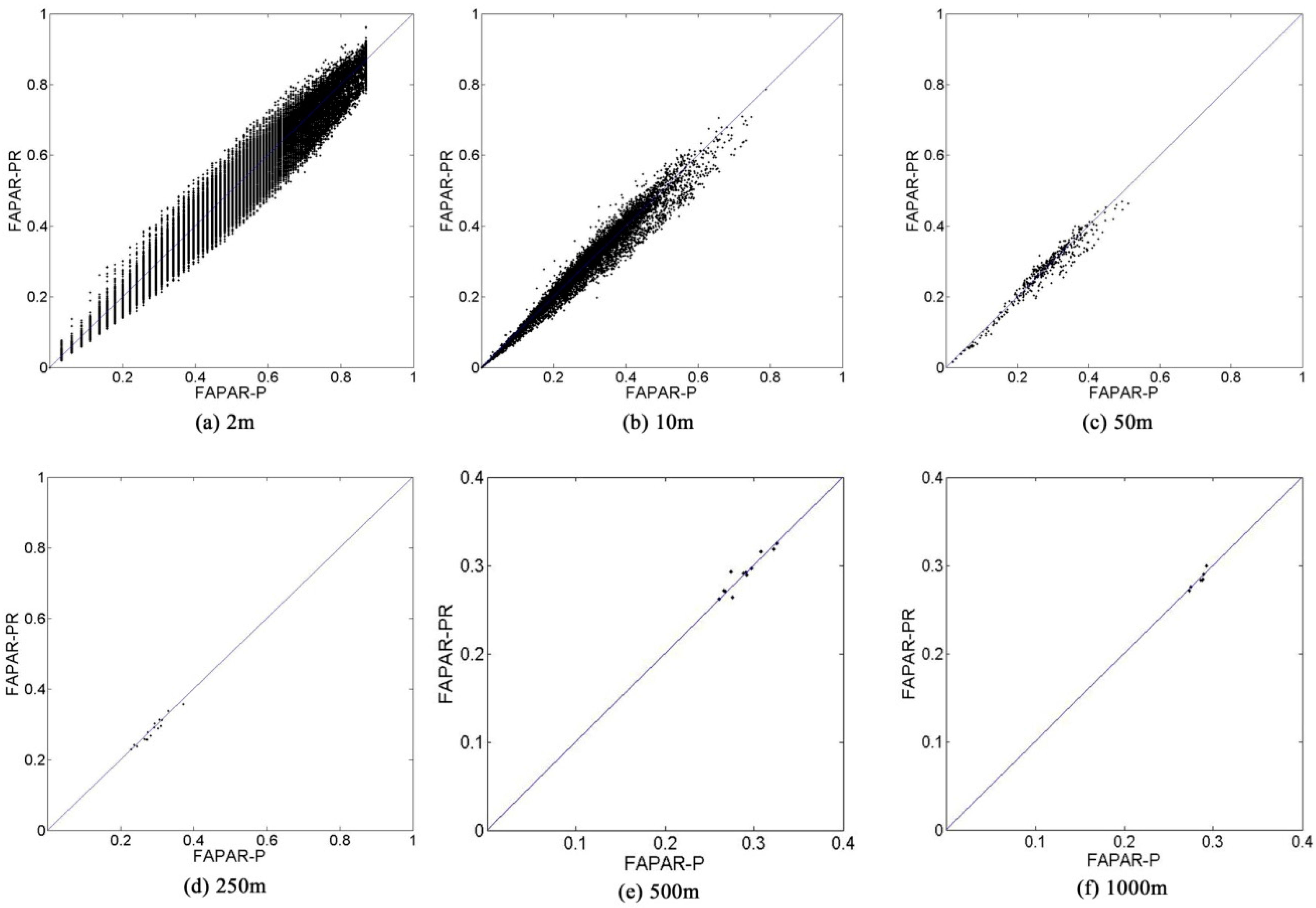
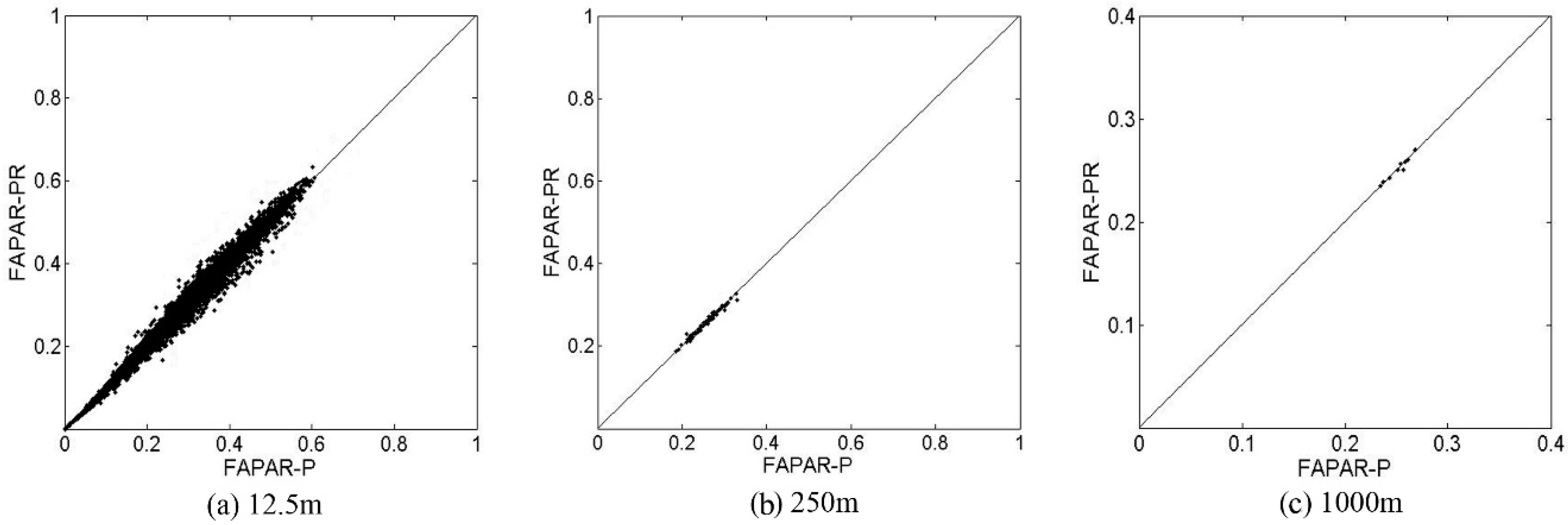

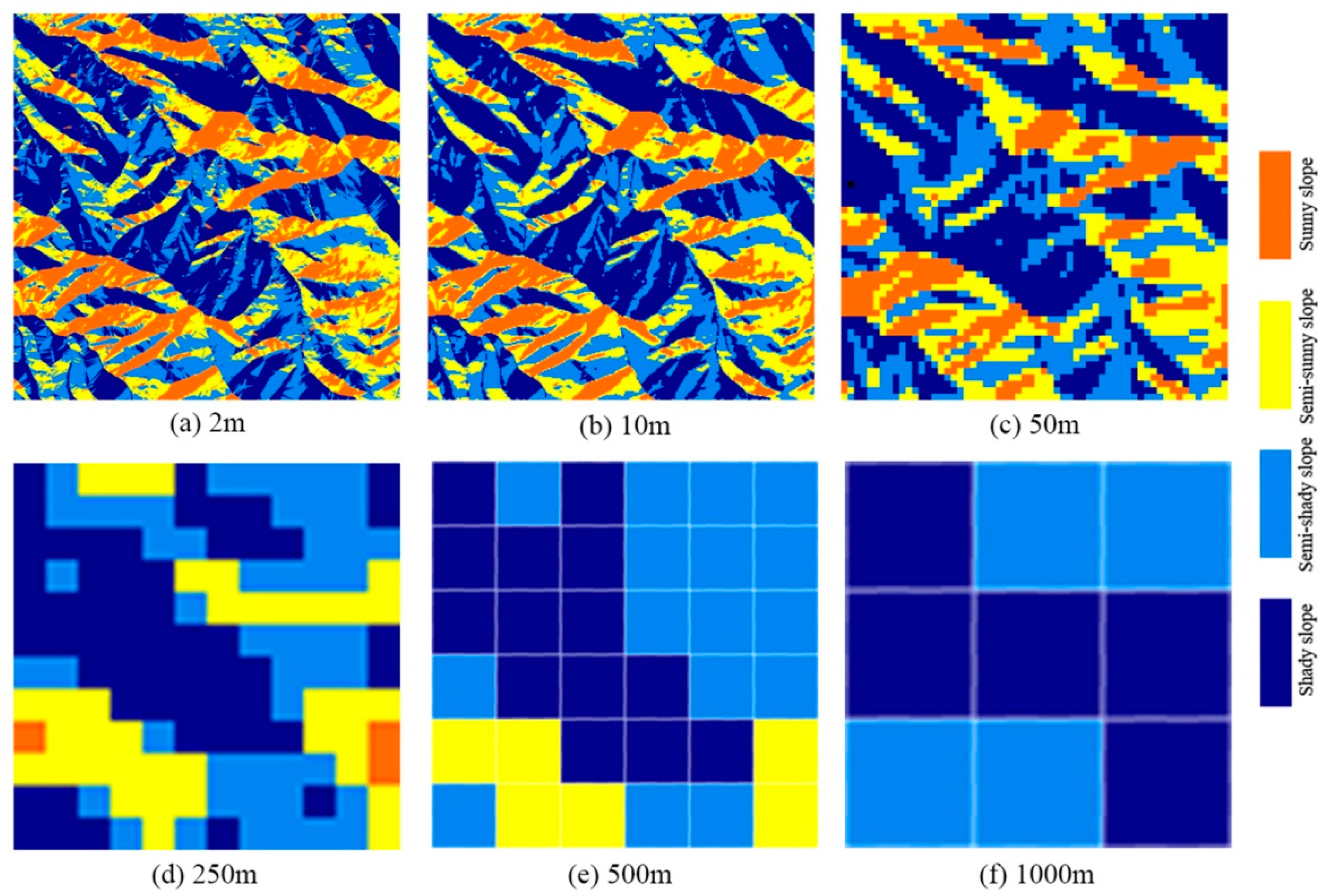
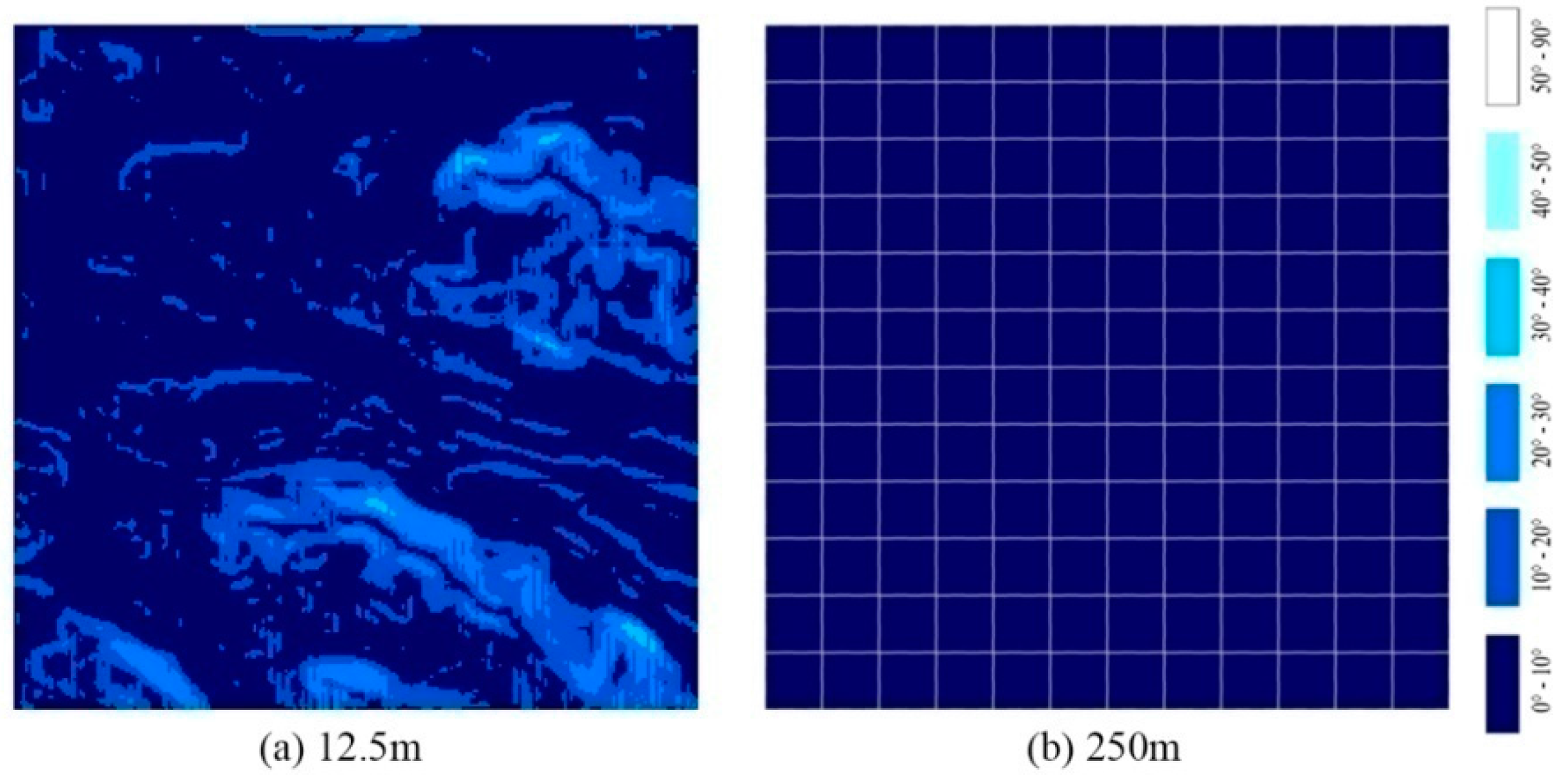

© 2016 by the authors; licensee MDPI, Basel, Switzerland. This article is an open access article distributed under the terms and conditions of the Creative Commons by Attribution (CC-BY) license (http://creativecommons.org/licenses/by/4.0/).
Share and Cite
Zhao, P.; Fan, W.; Liu, Y.; Mu, X.; Xu, X.; Peng, J. Study of the Remote Sensing Model of FAPAR over Rugged Terrains. Remote Sens. 2016, 8, 309. https://doi.org/10.3390/rs8040309
Zhao P, Fan W, Liu Y, Mu X, Xu X, Peng J. Study of the Remote Sensing Model of FAPAR over Rugged Terrains. Remote Sensing. 2016; 8(4):309. https://doi.org/10.3390/rs8040309
Chicago/Turabian StyleZhao, Peng, Wenjie Fan, Yuan Liu, Xihan Mu, Xiru Xu, and Jingjing Peng. 2016. "Study of the Remote Sensing Model of FAPAR over Rugged Terrains" Remote Sensing 8, no. 4: 309. https://doi.org/10.3390/rs8040309





